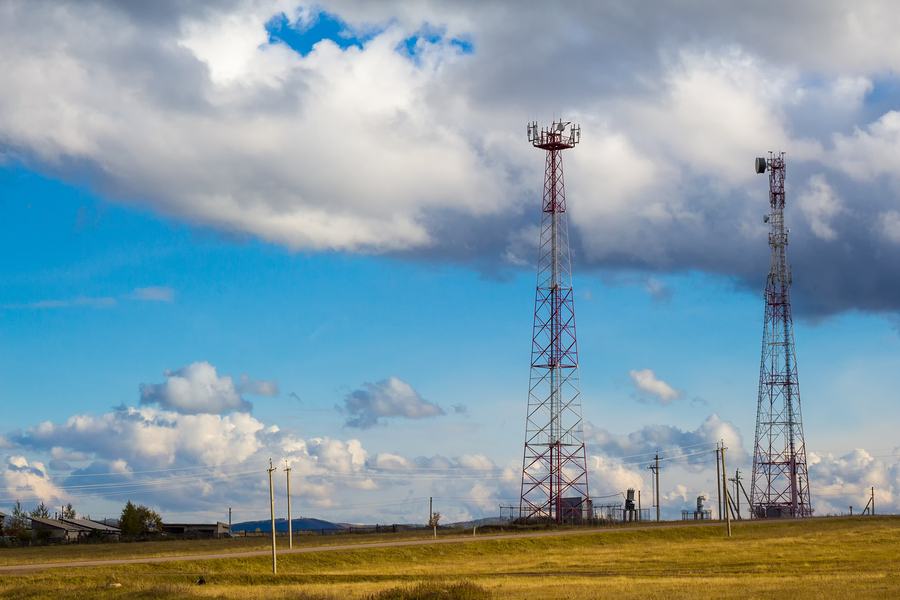
There’s an increasingly popular trend in the small cell and wireless backhaul market, one that Zayo continues to benefit from – the use of dark fiber in macrocell deployments. In fact, dark fiber has made up most of the company’s sales in the mobile backhaul sector.
Zayo isn’t the only carrier leveraging dark fiber in the small cell market. There’s a larger, ongoing trend of carriers making the switch to small cell deployments. For example, Verizon Wireless is in a 10-year plan to update their cell sites to dark fiber. So why are carriers making the switch and using dark fiber for small cells?
For carriers, there is a cost-saving benefit to combining the two. There are some advantages to the way you can deploy dark fiber to small cells to make it a much simpler design than putting in expensive MPLS or Ethernet circuits to every small cell site.
The other reason we see cell providers turning to dark fiber is because of the exponential growth of bandwidth needs and the growing number of online wireless devices. Dark fiber allows companies to upgrade bandwidth by simply adding or changing equipment, not the actual service. Upgrading becomes a one-time capital cost versus buying lit or managed services from a carrier. Over the long haul, that makes dark fiber a cost-effective alternative for macrocell deployments.
Cell providers who see the demand for bandwidth growing by leaps and bounds want to have a consistent cost structure. Dark fiber, once it’s leased, provides just that – a predictable cost for planning purposes on a monthly recurring basis. That’s why carriers like Zayo are making the switch.




